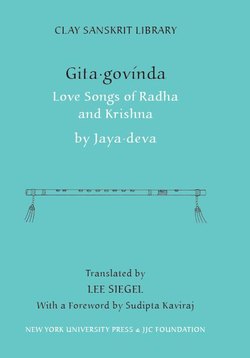Читать книгу Gita Govinda - Jayadeva - Страница 6
На сайте Литреса книга снята с продажи.
Оглавлениеof tongue turned up to
touch the hard palate)
same as the preceding but
aspirated
retroflex n (with the tip
of tongue turned up to
touch the hard palate)
French tout
tent hook
dinner
guildhall
now
pill
upheaval
before
abhorrent
mind
yes
trilled, resembling the Ita-
lian pronunciation of r
linger
word
shore
retroflex sh (with the tip of the tongue turned up to touch the hard palate)
hiss
hood
CSL Punctuation of English
The acute accent on Sanskrit words when they occur outside of the Sanskrit text itself, marks stress, e.g., Ramayana. It is not part of traditional Sanskrit orthography, transliteration, or transcription, but we supply it here to guide readers in the pronunciation of these unfamiliar words. Since no Sanskrit word is accented on the last syllable it is not necessary to accent disyllables, e.g., Rama.
The second CSL innovation designed to assist the reader in the pronunciation of lengthy unfamiliar words is to insert an unobtrusive middle dot between semantic word breaks in compound names (provided the word break does not fall on a vowel resulting from the fusion of two vowels), e.g., Maha·bharata, but Ramayana (not Rama·ayana). Our dot echoes the punctuating middle dot (·) found in the oldest surviving samples of written Indic, the Ashokan inscriptions of the third century bce.
The deep layering of Sanskrit narrative has also dictated that we use quotation marks only to announce the beginning and end of every direct speech, and not at the beginning of every paragraph.
